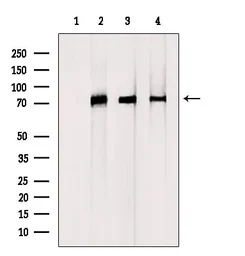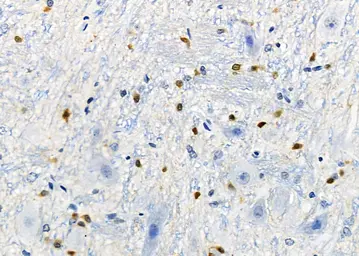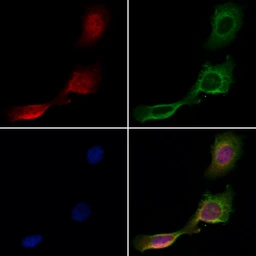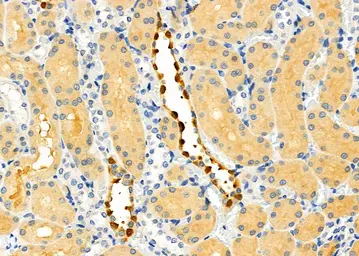DCP1A antibody
Cat. No. GTX04801
Cat. No. GTX04801
-
HostRabbit
-
ClonalityPolyclonal
-
IsotypeIgG
-
ApplicationsWB ICC/IF IHC-P
-
ReactivityHuman, Mouse, Rat




